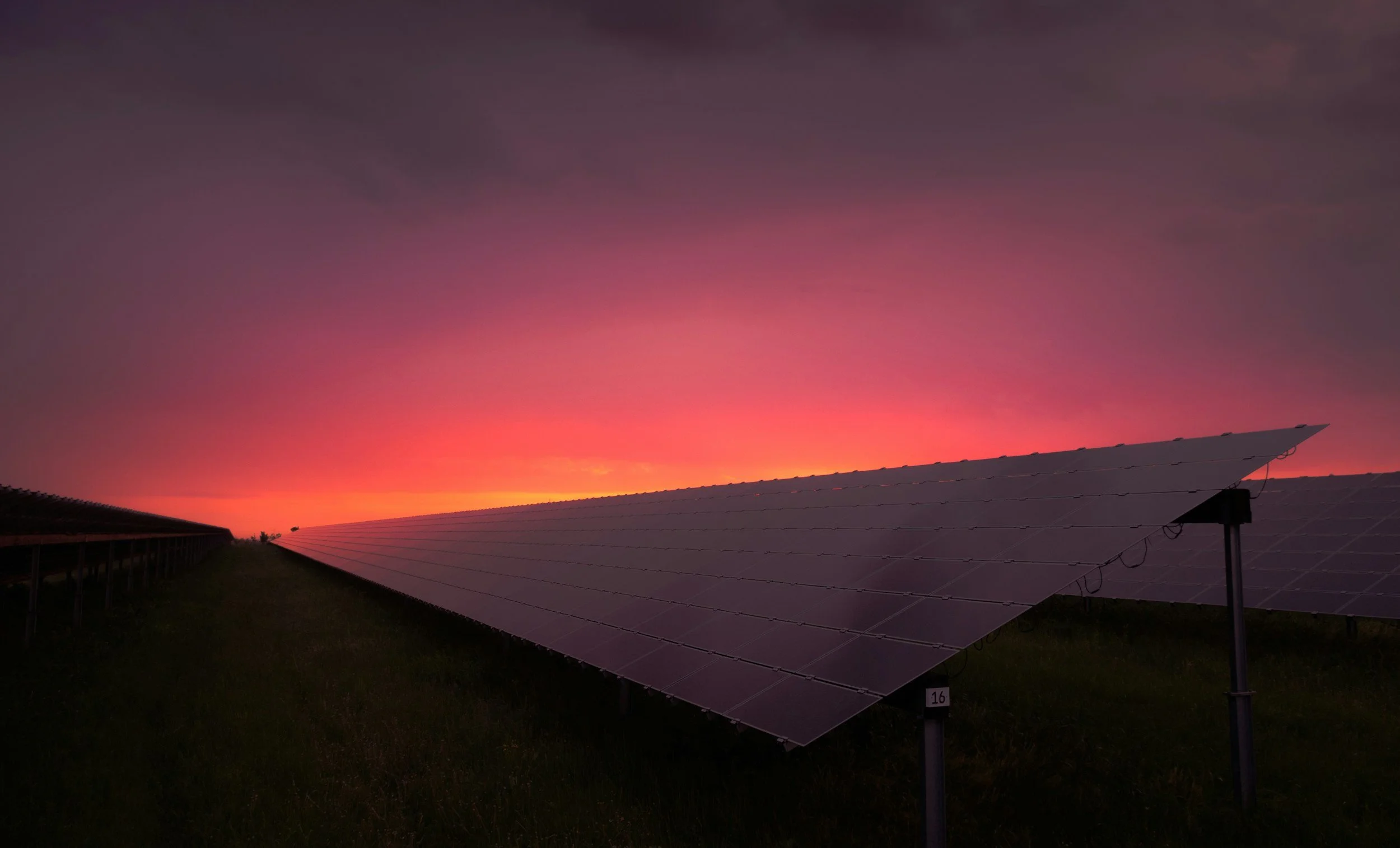Energy Market Update - 22 April 2025
Energy markets remained largely steady on Monday, with minimal price changes across gas and power markets as the Easter holiday limited trading activity. Weaker Norwegian flows and low wind output supported prices slightly, while broader economic uncertainty and ongoing geopolitical developments continued to influence sentiment.
UK natural gas prices experienced only slight movements, with the NBP front-month contract rising from 86.40p/th to 87.75p/th by Tuesday morning. The Dutch TTF equivalent followed a similar path, climbing from €35.30/MWh to €35.65/MWh. System tightness persisted due to reduced Norwegian pipeline deliveries, notably through the Langeled line, now at 56mcm/day. This was partly attributed to ongoing maintenance at the Hammerfest LNG facility, which is expected to last until mid-July. To compensate, LNG send-out from UK terminals increased to 21mcm/day, with ten LNG vessels scheduled to arrive in Northwest Europe this week. The cargoes originate from a diverse mix of sources including Russia, the United States, Algeria, and Angola.
Despite milder-than-average weather across Europe — with temperatures 2–5°C above seasonal norms — heating demand has declined, yet limited wind output has increased reliance on gas-fired generation. European gas storage continues to build, now at 37.04% full, though still behind last year’s pace.
In the power markets, UK Day-Ahead baseload climbed to £81.74/MWh from £70.94/MWh, buoyed by lower wind generation and stable demand. Forecasts indicate wind speeds in Britain may remain subdued into early May, further supporting thermal generation, particularly from CCGTs and imports from France. Nuclear availability is improving, though outages at Torness 2 and several Heysham units continue to limit output. Forward contracts edged higher as Summer 2025 settled at £76.83/MWh and Winter 2025 at £85.03/MWh.
Continental Europe also saw upward revisions, with strong interconnector flows and healthy hydro reserves lending support. Spot prices in France and Germany diverged, with France at €72.58/MWh and Germany significantly higher at €112.64/MWh, as poor wind generation pressured margins across the region despite robust solar and hydro performance.
Brent crude prices recovered to $67.96/bbl, rebounding from a recent low of $62.74. The rebound was driven by speculative short-covering and market reactions to ongoing US-China trade tensions. Coal prices continued to drift lower, with ARA CIF Cal26 down to $107.86/tonne, reflecting weaker demand projections in key industrial regions. In carbon markets, the bearish tone persisted. EU Allowance (EUA) Dec 2025 contracts slipped to €65.89/tCO2, and the UK ETS equivalent dropped to £47.16/tCO2, amid recession concerns and decreased speculative activity.
The LNG market remained active, with the Japan-Korea Marker (JKM) rising to $12.09/MMBtu due to outages in Malaysia and Pacific Basin supply concerns. The European LNG benchmark, closely tracking TTF, held at $11.86/MMBtu, signalling limited arbitrage incentive to shift volumes towards Asia. In the US, Henry Hub fell to $2.94/MMBtu as milder temperatures and high storage levels tempered demand expectations heading into the injection season.
Several broader geopolitical developments continue to shape energy market sentiment. President Putin’s announcement of a temporary Easter ceasefire was met with scepticism, with continued clashes reported in Ukraine. Meanwhile, the European Commission is exploring options to help member states legally exit long-term gas contracts with Russia, a move that could significantly alter future supply frameworks.
Shell is advancing efforts to resume Venezuelan gas production at the Dragon field, aiming to be ready for potential US sanctions relief. On the trade front, the US has imposed fresh tariffs, though energy commodities are so far unaffected. Nonetheless, the wider implications have dampened industrial demand forecasts across Asia and Europe. Additionally, China has ceased LNG imports from the US, further fuelling trade tensions and raising concerns over global supply chain adjustments.
Domestically, National Grid ESO projects record-low summer electricity demand due to rising renewable generation and interconnector usage, which could prompt more frequent negative pricing during peak solar output. Lastly, the US-based Venture Global has commenced commercial operations at its Calcasieu Pass LNG facility, adding new supply capacity to the Atlantic Basin just as global dynamics evolve.
